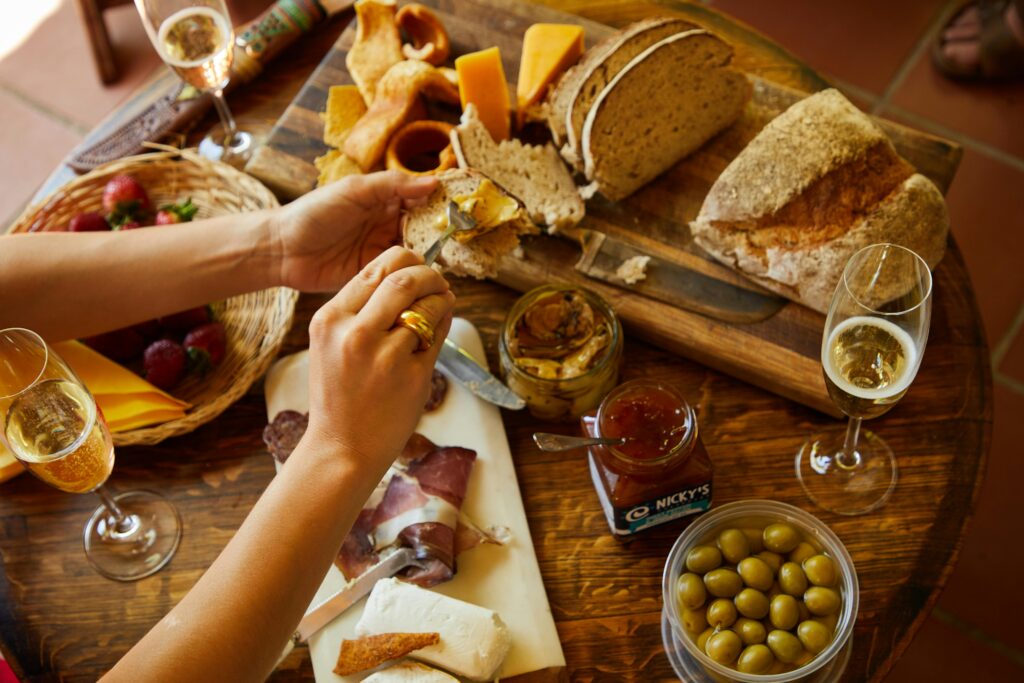Wet Sampling: The Secret Ingredient to Success for Food & Beverage Brands

In a competitive marketplace, getting consumers to try your product firsthand can be the most effective way to drive sales and brand loyalty. For food and beverage brands, wet sampling—offering ready-to-consume product samples—has proven to be a powerful strategy to influence purchasing decisions.
Unlike dry sampling, where consumers receive packaged samples to try later, wet sampling provides an immediate tasting experience, making it more engaging and impactful. In this article, we’ll explore how wet sampling works, its benefits, best practices, and how brands can leverage it to boost customer acquisition and sales.
What is Wet Sampling?
Wet sampling refers to offering freshly prepared or ready-to-consume samples of food or beverages at retail stores, supermarkets, malls, events, or corporate offices. It allows customers to taste the product before making a purchase decision, increasing the likelihood of immediate conversions. Common examples of wet sampling include:- A juice brand offering freshly poured samples in a supermarket
- A yogurt company handing out spoonfuls of their latest flavour at a food festival
- A coffee brand setting up a tasting station at an airport lounge
Why Wet Sampling Works for Food & Beverage Brands
1. Immediate Consumer Feedback Since wet sampling happens in real-time, product sampling companies in India can help with instant reactions and feedback from consumers. This helps in understanding taste preferences, pricing perceptions, and any areas for improvement. 2. Increased Sales Conversions When consumers try a food or beverage product and like it, they are more likely to make an immediate purchase. Studies show that tasting a product before buying significantly reduces hesitation and boosts confidence in the purchase. 3. Stronger Brand Recall A great sampling experience leaves a lasting impression. When consumers enjoy a product during a tasting session, they are more likely to remember it and repurchase it later. 4. Word-of-Mouth Marketing People love sharing new discoveries. If a consumer enjoys a sampled product, they are likely to recommend it to friends, family, or even post about it on social media, providing brands with organic reach. 5. Competitive Advantage For new food and beverage brands, wet sampling helps them stand out in crowded retail spaces. It provides a unique opportunity to differentiate from competitors and attract curious consumers.Best Practices for a Successful Wet Sampling Campaign
To maximise the impact of a wet sampling campaign, brands should follow these best practices: 1. Choose the Right Locations The success of wet sampling depends heavily on where the activity is conducted. Ideal locations include:- Supermarkets and grocery stores
- Malls and high-footfall retail areas
- Corporate offices for employee engagement
- Fitness centers (for health and wellness brands)
- Airports, train stations, or metro stations
- Explain the unique selling points of the product
- Answer customer queries (e.g., ingredients, health benefits)
- Offer purchase incentives such as discounts or special offers
- Ask consumers for their email or phone number in exchange for a discount
- Encourage them to follow your social media channels
- Gather feedback through quick surveys or QR codes linked to review platforms